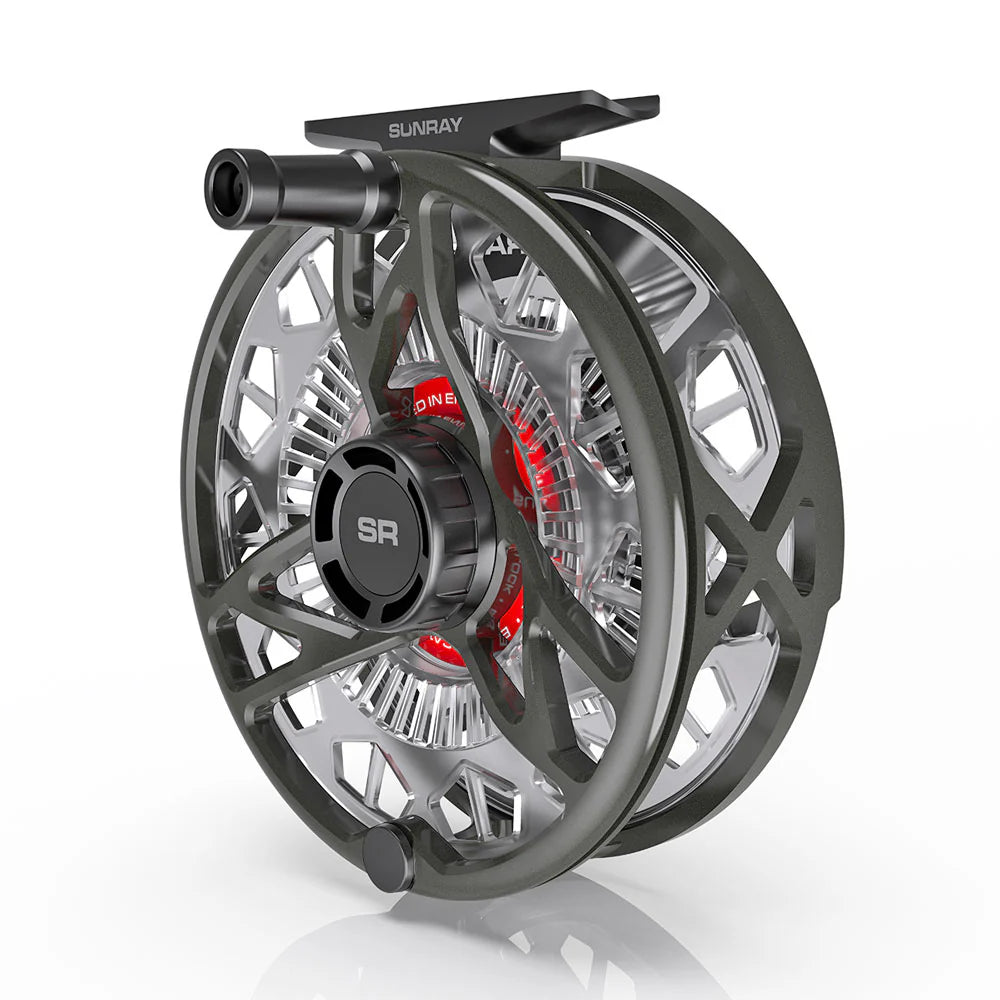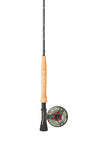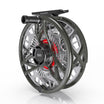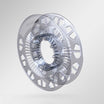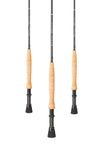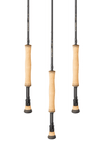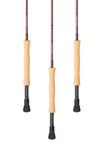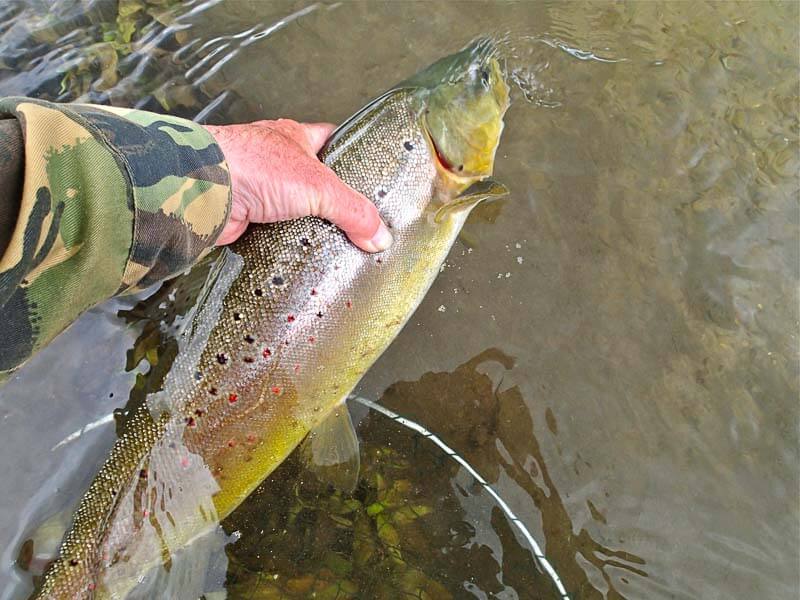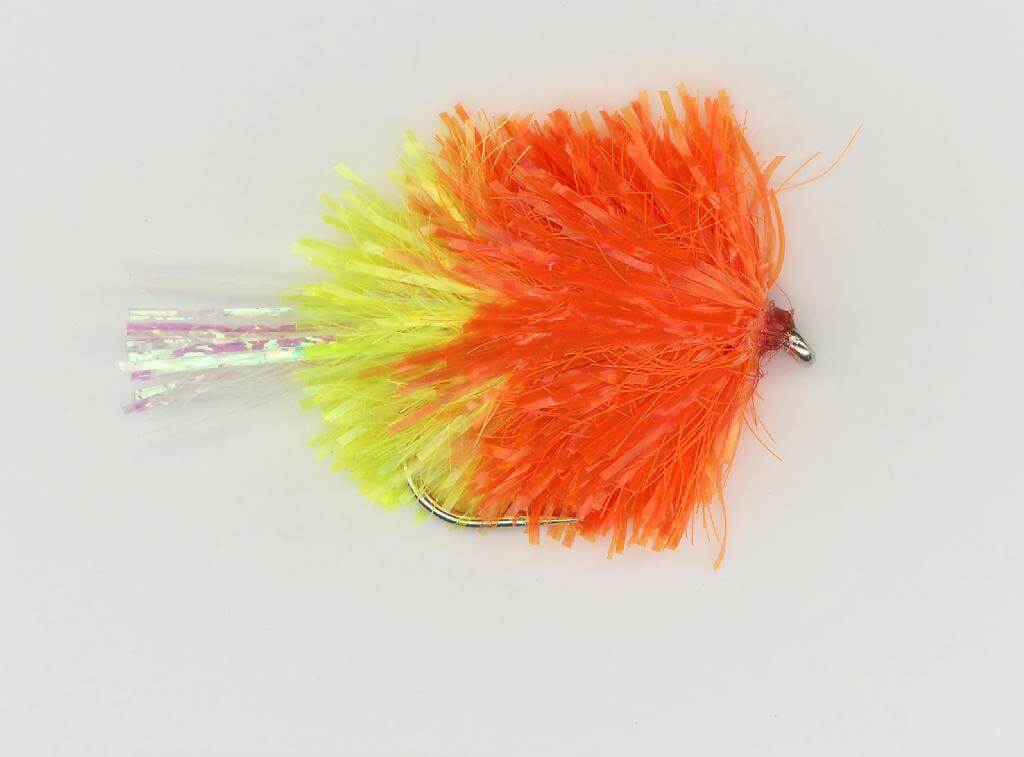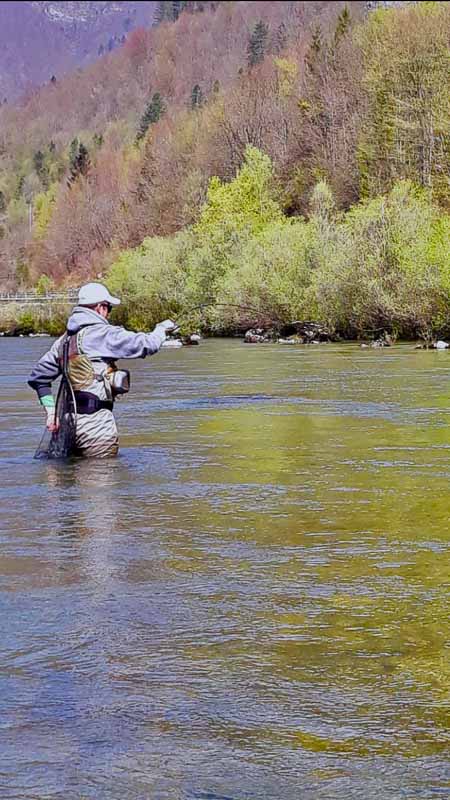How to fly fish | reading the water & modern techniques.
by David Southall
What is big & what is small? These are imprecise terms. A mouse is big compared to an ant but small compared to an elephant. So what has all this to do with fishing? For me the answer is “Quite a lot”.
Firstly let’s deal with fish. When I was younger I was an out & out specimen hunter after learning the basics. Anything less than a big fish (10lb carp, 15lb pike, 2lb trout etc.) wasn’t worth fishing for. I spent an inordinate amount fly casting, locating big fish waters & then laying siege to their inhabitants. There was no such thing as fishing video to learn the basics of fly fishing. I suffered many hours of tedium for a few minutes of hectic excitement. At least in those long-gone days the big fish were wild & had grown to that size naturally rather than having been force-fed in a stew pond so that anglers could catch big fish easily. These days, in the twilight of my years, I’m much more laidback about the size of fish I catch & I enjoy my fishing much more. I can have as much fun catching small wild trout from a tiny overgrown brook as I can catching lunkers.
Now don’t get me wrong; I still enjoy catching what I consider to be truly large fish for their species. I am fortunate to live within a couple of miles of Driffield Beck, the home of some very big wild trout & grayling. As a result I’ve been lucky enough to have caught numerous trout over 4lb & quite a few grayling over 3lb from its waters. I’ve also had the privilege to fish in New Zealand & a few other places where big fish could be found. However, late last year someone asked me what my best fish of the trout season had been & I told him that it was a 1lb 6oz wild brown trout from Pickering Beck in North Yorkshire. He said “But surely you caught bigger fish than that” to which I relied “Yes. My biggest trout was over 5lb, but whilst I’d caught bigger fish than that from the water in question (Driffield Beck), I’d never caught a wild trout as big as 1lb 6oz before from Pickering Beck”. That’s one reason why I say size is ‘all relative.'

1lb 6oz wild Pickering Beck trout

5lb plus Driffield beck trout
These days I want my fishing to be fun. That means not too serious, ideally in the company of good friends, not too hard but preferably challenging enough so that I have to think about what I am doing & how I am doing it. Unfortunately I have a very low threshold of boredom so techniques like Euronymphing & blind searching dry fly fishing soon lose their interest for me if the fishing is slow. I much prefer to wander a river in search of rising fish or visible subsurface fish that I can target with a sight-fished nymph, bug or streamer. If I have to blindly search for fish then I prefer waters with character, that have features that show me where there ought to be fish (submerged boulders, weed beds, sunken trees, debris dams etc.). When I visited Florida a few years back my favourite fishing was canoeing in the backwaters of some of the inland lakes casting a foam popper into gaps in the lily pads & small channels in the bulrushes for bluegills (a species that rarely grow over 1lb) & large mouth bass (which do grow to a good size, 10lb plus). My friend Steve & I had intended fishing from his boat on the sea for big fish (snook, red fish, jacks etc.) but we never got there as the lake fishing was so much fun. Whilst I can see that catching a huge tarpon must be incredibly exciting, Steve has tales of long hours of fishing with huge tarpon hooked & then lost: for me life is too short for that, particularly at my age.
Then we come to the size of flies. As you will probably be aware if you’ve read any of my other blogs I regularly fish with what most folks consider to be very small flies, but yet again it is ‘all relative’. Last spring I was targeting some of my local small still water rainbows that were feeding selectively on tiny adult chironomid midges. I started fishing with a size 24 short shank CdC IOBO Humpy & for an hour had repeated rejections from the fish. They would often come & inspect my fly only to turn away at the last moment. I put this down to drag as it was a very windy day & achieving good presentation was very difficult. Nevertheless I had noticed that the emerging midges were much smaller than my tiny imitation & said to my friend Steve that although I thought poor presentation was the problem maybe size was an issue; so I changed to a size 30 short shank CdC Minimalistic Micro Midge & promptly caught 3 fish in 4 casts, followed by another half dozen in the next half hour. In this case size 24 was far too big!!!!!!!! At the other extreme, I’ve fished a size 12 long shank Chernobyl Ant (with the body extending beyond the hook eye & bend) for 6 to 10” long brook trout in a high alpine brook in Austria, a huge fly compared to the size of the fish!!!!

Size 30 CdC MMM

Big Chernobyl Ant, small brook trout!
Finally we come to fishing tackle & line size. I rarely fish with a line above 3 weight because I prefer delicate presentation of dry flies & when necessary nymphs, bugs, buzzers & streamers at relatively close range. I don’t consider that I am going light till I’m using a 1 weight line or lighter, but for many folks a 3 weight outfit would be considered super-light. Choice of rods & lines depends much on the situation & when targeting big browns in some snaggy swims on my local beck I sometimes take my 6 weight rod with a 4 weight line & 8lb or heavier tippet. What I will say is that all too often I see anglers fishing with gear that is far too heavy for the fishing that they are doing. For example on my local small still water, Wansford Lake, which is like a U shaped canal, I can cast to the far bank with a 1 weight outfit, the fish rarely weigh more than 3lb & there are no snags, yet I see anglers fishing with 7 or 8 weight rods & 8lb tippet. (Sunray’s new ZERO weight rod has been a revelation, handling decent rainbows, some over 5lb, on light/0.09mm tippet & size 30 dry flies yet great fun with smaller wild brown trout).

Sunray JL 10’ 2 weight rod & 1 weight

Sunray ZERO weight rod & micro nymph
So don’t get disheartened if you’ve never caught a 2lb plus grayling because you’re waters don’t hold bigger fish: until I fished Driffield Beck my best grayling was exactly 2lb (huge for the Yorkshire Derwent). Don’t think your size 18 dry fly is tiny, because in some situations it will be huge. Keep an open mind & most important of all enjoy your fishing. The great thing about fly fishing is that it is a diverse occupation with something to offer everyone, the person who wants to target monster predatory trout in a big Scottish loch, the angler who wants to catch huge stockie rainbows in a small still water, those who want wild waters miles from everyone else, light-line enthusiasts like me & a myriad of other variants.


